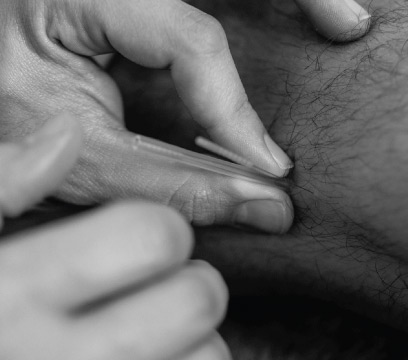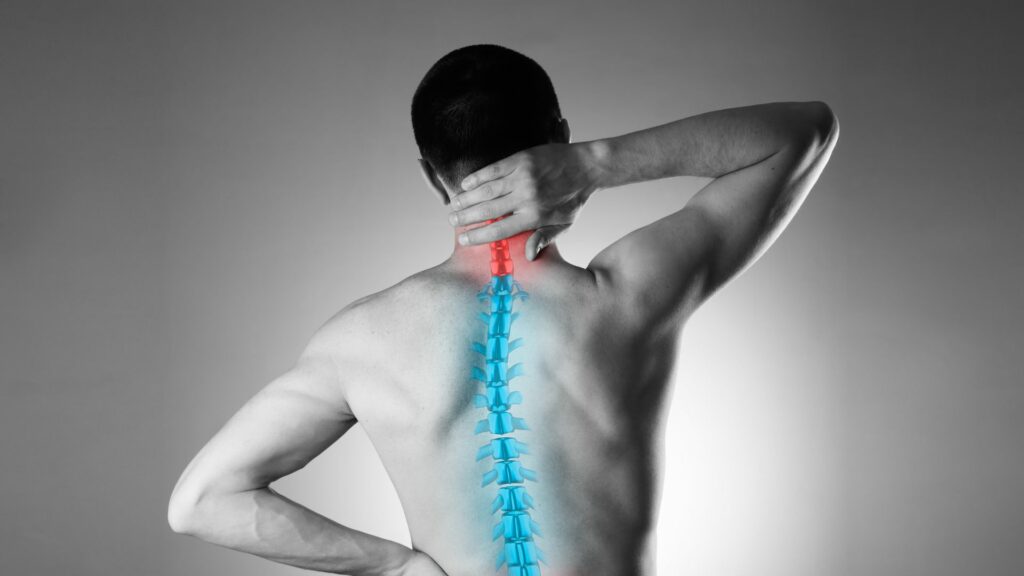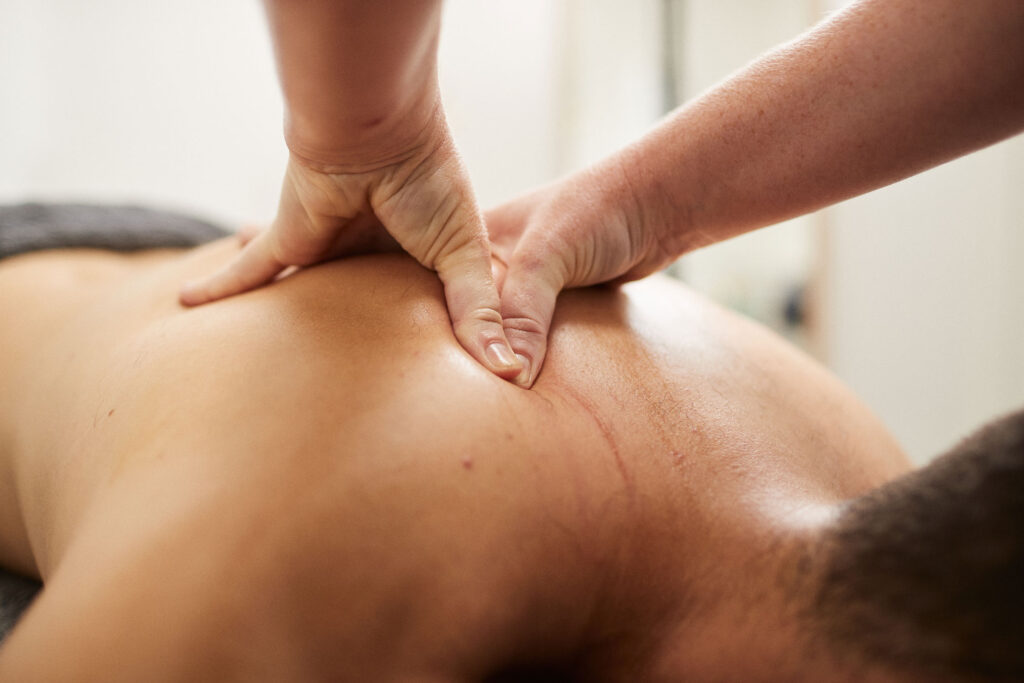What is the difference between dry needling and acupuncture?


From the outside, it might be pretty difficult to tell the difference between dry needling and acupuncture. Both practices use very thin needles that are inserted into specific locations across the skin to trigger particular responses. To make things even more confusing both have been claimed as pain relief and dry needling is relatively new compared to acupuncture, making it less known in therapeutic circles.
The difference between the two practices, however, rests in the philosophical basis for their practice and the methods and techniques involved to stimulate healing in the body.
What is acupuncture?
Acupuncture has a long history stretching back 5000 years in China and is based in the belief that health is determined by the flow of chi in the body. Acupuncturists believe that chi travels through the human body along twelve distinct pathways called meridians. These meridians are linked to organs throughout the body, with chi flowing correctly along the pathways the cause of a healthy system, while interrupted flows cause pain and illness.
Acupuncture came about as a way to correct the flow of chi through the body and bring it back into balance. This is done by inserting needles into specific points throughout the body and redirecting chi along the correct meridians.
What is acupuncture used for?
Acupuncture has been purported to help with any number of conditions and is often used by acupuncturists to provide effective short-term treatment of pain in areas such as the back, neck, shoulders and knees. While the benefits of acupuncture for the treatment of pain have been well researched other benefits of acupuncture that practitioners often claim include treatment of nausea, vomiting, cramps, allergies and chemical dependencies.
What is dry needling?
Dry needling is rooted in the work of Chan Gunn’s Intramuscular Stimulation (IMS) technique and Janet Travell’s Myofascial Trigger Point Release practices. The basic practice of dry needling is using a thin needle to stimulate trigger points in muscles for therapeutic effect. They are inserted in tight areas or knots in muscles to relieve tension and pain. Dry needling is based on Western medical principles and focuses on evidence-based guidelines for application and therapeutic benefits. The term dry is used to differentiate dry needling from the use of needling to inject fluid into the body.
What is dry needling used for?
Most often dry needling is used by physical therapists alongside other treatments. Its major applications are:
- Relieving pain and stiffness in muscles, particularly targeting knots and points of tension.
- Improving flexibility and range of motion throughout the body to make it easier to perform everyday tasks and sports.
Dry needling is just one of the techniques that physical therapists such as physiotherapists and chiropractors might use in the treatment of pain and dysfunction throughout the body but can be an important part of a practical treatment plan to bring health and function back to patients’ everyday lives.
Would you like to discover the healing benefits of this treatment? Learn more about dry needling here.






